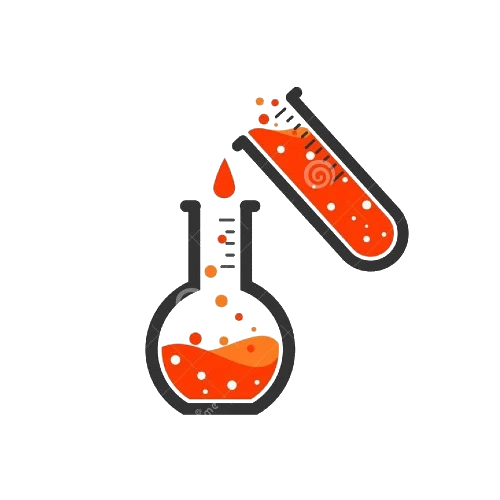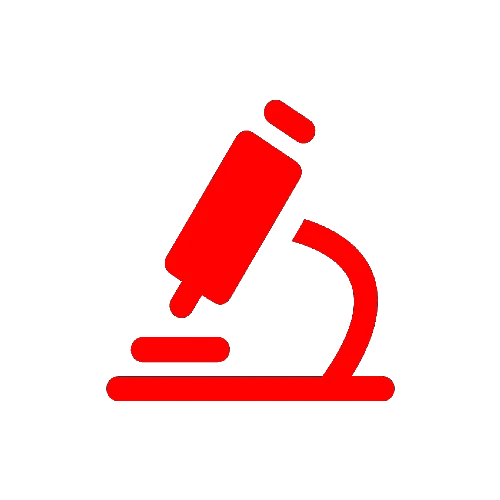Objective:
To ensure that employees gain the knowledge, skills, and practical experience necessary to perform their roles in compliance with GMP, SOPs, and regulatory standards (e.g., FDA, EU GMP, WHO).
📋 Key Objectives
- Develop technical proficiency in assigned operations
- Ensure adherence to safety, quality, and GMP standards
- Reduce errors and deviations through practical skill-building
- Facilitate readiness for internal/external audits and inspections
🔑 Key Components of OJT Program
| Component | Description |
|---|---|
| Training Need Analysis | Identify role-specific and risk-based training needs |
| Training Plan | Schedule and topics aligned with SOPs, equipment, and processes |
| Qualified Trainer | Only trained, experienced, and certified personnel can provide OJT |
| Training Execution | Hands-on demonstration and supervised performance |
| Evaluation | Verbal/written assessment + practical observation by trainer |
| Documentation | OJT checklist, trainee log, attendance record, sign-off by trainer & QA |
| Approval | Review and approval of training completion by QA or training coordinator |
🧪 Examples of OJT Topics in Pharma
- Equipment operation (e.g., capsule filler, autoclave, filter press)
- Aseptic gowning & cleanroom behavior
- Line clearance procedures
- Batch record documentation
- In-process checks (weight variation, hardness, pH)
- Environmental monitoring
- Cleaning & sanitization
- Handling of deviations and incidents
📑 Compliance & Guidelines Referenced
- 21 CFR Part 211 – cGMP for Finished Pharmaceuticals (FDA)
- EU GMP Chapter 2 & Annex 1 – Personnel & Sterile Products
- WHO TRS 986 – GMP for Training Programs
- ICH Q10 – Pharmaceutical Quality System
Benefits of a Structured OJT Program
- Ensures regulatory compliance
- Increases employee confidence and efficiency
- Reduces batch failures and deviations
- Builds a culture of quality and accountability
- Protocol Primary Packaging
- Protocol Secondary Packaging
- On Job Evaluation for Checkweigher
- On Job Evaluation for Counting
- On Job Evaluation for Desiccant Inserter
- On Job Evaluation for Induction Sealing
- On Job Evaluation for Inline Capper
- On Job Evaluation for Labeling MC
- On Job Evaluation for Metal Detector
QUESTIONS AND ANSWERS
1. What is On-the-Job Training (OJT) in the pharmaceutical industry?
Answer:
OJT is a structured training approach where employees learn job-specific skills and processes under the supervision of a qualified trainer while performing actual tasks in the workplace. It ensures that personnel are competent in GMP-related operations.
2. Why is OJT important in pharmaceutical manufacturing?
Answer:
Because pharmaceutical operations are highly regulated, OJT ensures personnel understand and consistently follow GMP, SOPs, safety procedures, and product-specific requirements. It reduces errors, deviations, and ensures regulatory compliance.
3. Who is authorized to conduct OJT?
Answer:
Only trained, experienced, and qualified personnel (designated trainers or SMEs) who have completed “Train-the-Trainer” programs and are approved by QA or the training department.
4. What should be included in OJT documentation?
Answer:
- Trainee name and ID
- Topic/process trained
- Training date and duration
- Trainer name and signature
- Practical performance evaluation
- Final sign-off by QA/training coordinator
5. How is the effectiveness of OJT evaluated?
Answer:
Through observation of practical skills, verbal questioning, written assessments (if applicable), and evaluating the trainee’s ability to perform tasks independently and compliantly.
6. Can a person work independently immediately after OJT?
Answer:
No. The person must be assessed and signed off as “competent” by the trainer and/or QA. Only after documented approval can they operate independently.
7. How often should OJT be repeated?
Answer:
- After SOP revision or process changes
- After long absence or rejoining
- As part of periodic requalification or annual training plans
- If performance issues or deviations occur
8. What types of activities require OJT in a cleanroom?
Answer:
- Aseptic gowning and entry procedures
- Aseptic manipulations
- Operation of sterile filling or filtration equipment
- Cleanroom cleaning and sanitization
- Environmental monitoring
9. What is the role of QA in OJT?
Answer:
QA verifies the qualification of trainers, reviews and approves OJT documentation, ensures the training program aligns with SOPs and GMP, and may participate in audits of training records.
10. What happens if OJT is not properly documented?
Answer:
It is considered a GMP non-compliance. It may result in audit findings, regulatory citations, and questions regarding the validity of the employee’s work or product quality.





